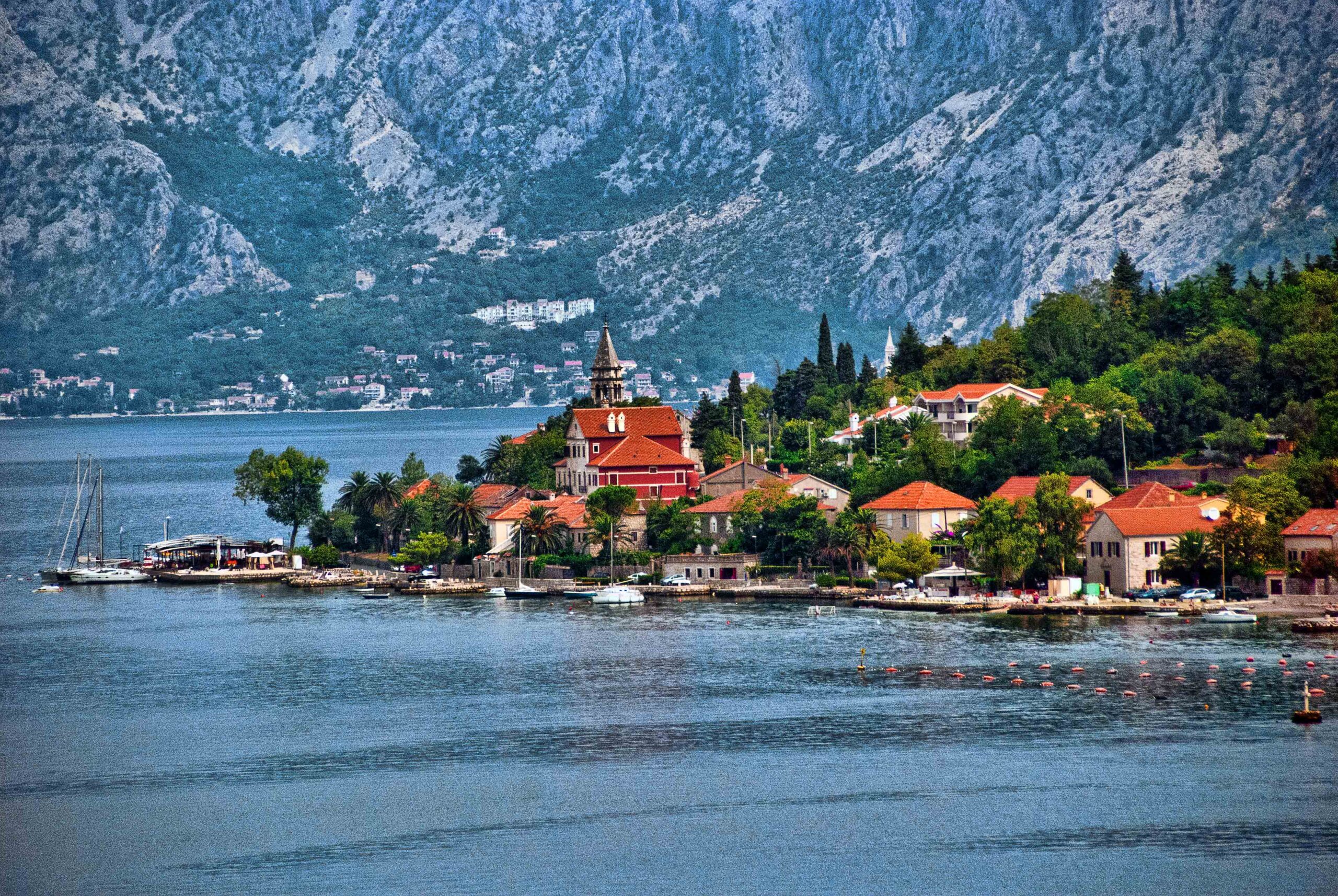Photo: Trish Hartmann (CC)
Earlier this month, U.S. Vice-President Mike Pence paid a visit to the coastal country of Montenegro to address the Adriatic Summit, a meeting of leaders from Albania, Bosnia and Herzegovina, Croatia, Kosovo, Macedonia, Montenegro, Serbia, and Slovenia.
The visit served as an opportunity for Pence to reassure Western Balkan countries that the United States remains focused on the region and is concerned by growing Russian pressure and destabilizing moves.
During his address, Pence reconfirmed that it is within America’s interests to support the Balkans as they continue to fight endemic government corruption, ethnic intolerance, and violent extremism. Helping raise these countries up and strengthening their institutions to the point in which they can become full NATO and EU members makes America more secure. Pence reemphasized the idea that “‘America First’ does not mean America alone, a spin on Trump’s more nationalist inauguration rhetoric. While proposed-cuts to an already slim development budget mean the U.S. must critically-evaluate our assistance spending, assistance to the Balkans is still a priority.
Montenegro, as the newest NATO member state, recently experienced firsthand malign Russian influence during 2016 parliamentary elections, with an attempted coup led by agents supported by Moscow. This episode as well as other examples from across Europe demonstrates Russia’s efforts to interfere in European countries’ democratic processes to create chaos and to support extremist leaders. It is within Russia’s interests for NATO to lose power and to not expand its membership. Russia is already playing a heavy-hand in Eastern Europe, after annexing Crimea and continuing a war on Ukrainian lands. NATO can work to balance against this aggression and align European and American security interests. As a member of the Administration, Pence wanted these countries to trust in the U.S.’s commitment to NATO, especially in light of President Trump’s (at times) outward NATO-skepticism and seemingly evolving policy towards Russia. In this sense, Pence’s visit was all the more important.
How does U.S. assistance work in Europe?
Having interned in the Office of the Coordinator of U.S. Assistance to Europe and Eurasia this summer, I’ve been able to learn about our assistance programs in the Western Balkans and about how the foreign assistance process works. The Department of State works with its Embassies abroad as well as policy experts and interagency partners in D.C. to develop and defend a budget request. Congress examines, amends, and approves the budget for U.S. foreign assistance and appropriates the funding according to detailed policy priorities. The office of the Coordinator of U.S. Assistance to Europe and Eurasia acts as the intermediary between Congress and the stakeholders abroad and within the interagency that implements assistance programs. In addition, there is often a process of negotiation before a final budget is voted on by Congress.
The United States wants to assist Western Balkan countries in their journeys to becoming full, contributing EU and NATO member states. In order for this to become a reality, the democratic backsliding, corruption, and violent extremism within these countries must end. Countering Russian influence in the Balkans, as Pence mentioned, also remains a security priority for the United States. To achieve these goals, the United States promotes programs that work to create positive judicial reforms, strengthen police and border security forces, build a robust free and independent media, counter messaging by malign actors, and encourage an active civil society. Montenegro’s recent acceptance to NATO is an example of how U.S. assistance dollars can promote positive change.
The U.S. commitment to the Europe and Eurasia region has remained firm for over 25 years. Since the United States began providing foreign assistance, following the collapse of the Soviet Union, 12 formally assistance-receiving countries in Eastern and Central Europe have become a part of NATO, and 11 countries have become a part of the EU. Vice President Pence’s visit reconfirmed that U.S. efforts to advance the Euro-Atlantic aspirations of Western Balkan countries will continue for the foreseeable future.*
*Note: The above article was written by Michael Deegan and does not reflect the views of the U.S. Department of State.
This blog post was first published by The Robert Strauss Center at The University of Texas at Austin on 21 August 2017.

